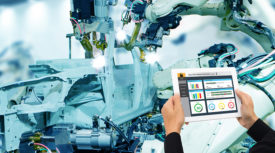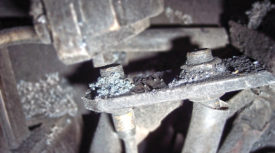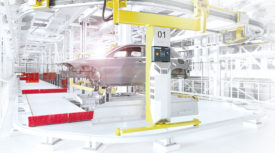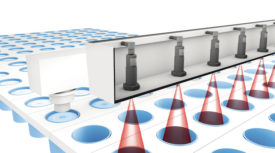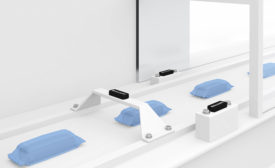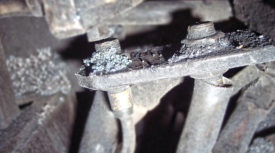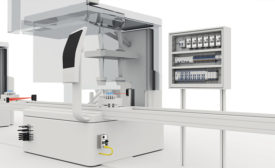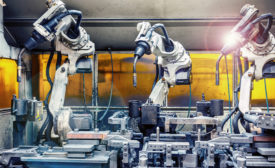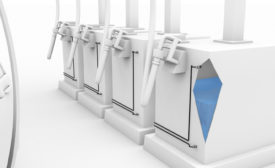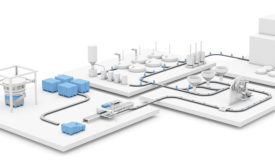Sensing Insights
sponsored content
Sensor Selection Suitable for Automation Welding Environments
December 7, 2022
sponsored content
Reducing Assembly Line Mistakes With the Error Proofing Platform Station
December 7, 2022
sponsored content
Choosing a Contactless Sensor to Measure Objects at a Distance
December 7, 2022
sponsored content
Shedding Light on Different Types of Photoelectric Sensors
October 27, 2022
sponsored content
Predictive Maintenance vs. Predictive Analytics, What’s the Difference?
September 6, 2022
sponsored content
Condition Monitoring & Predictive Maintenance: Addressing Key Topics in Packaging
June 28, 2022
Never miss the latest news and trends driving the manufacturing industry
Stay in the know on the latest assembly trends.
JOIN TODAY!Copyright ©2024. All Rights Reserved BNP Media.
Design, CMS, Hosting & Web Development :: ePublishing
